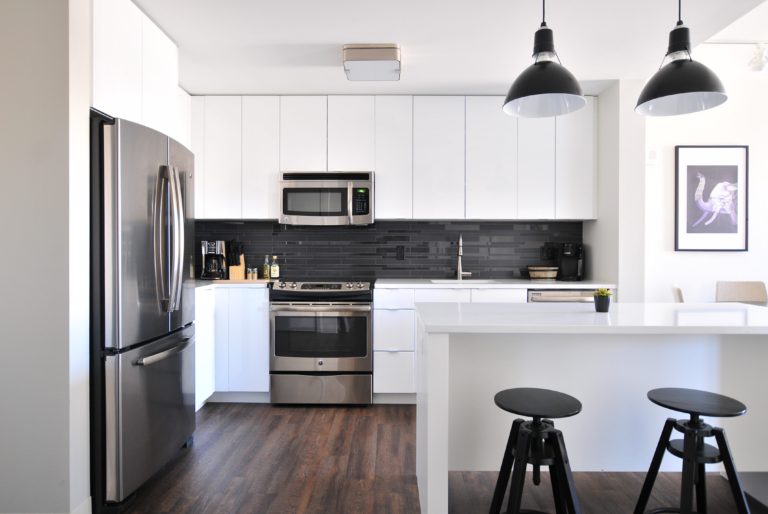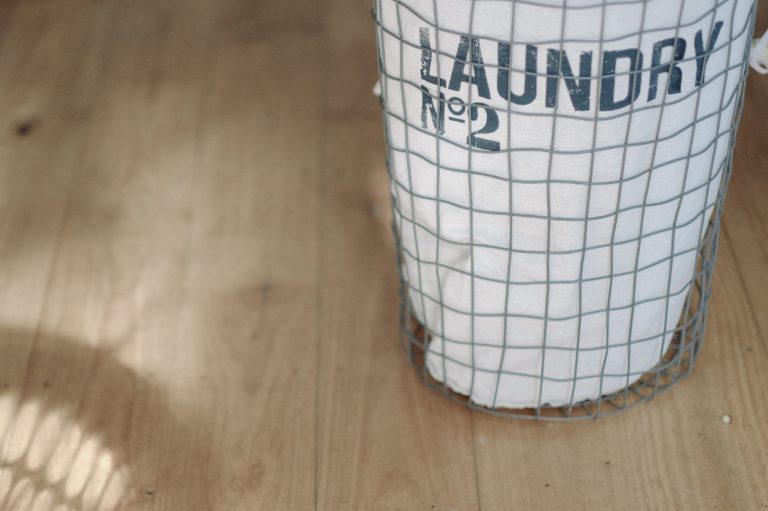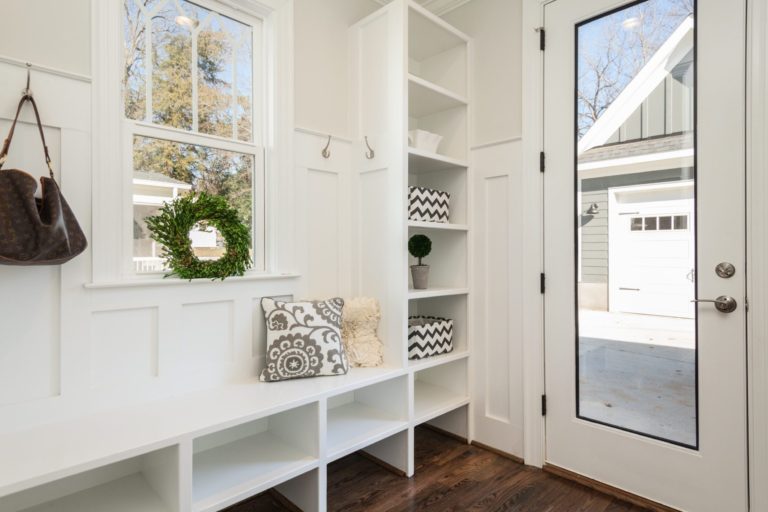Do you find yourself tidying up the same area of your home over and over again? That area might just be a dump zone. Perhaps it’s the chair in the corner of your room, the family dining room table, or the nightstand by your bed that’s always drowning in clutter.
You know the place. It’s that area that acts as a sort of purgatory for your stuff. It’s where you keep unfinished projects, used outwear, unsorted mail. It’s where you instinctively set aside the things you just don’t want to deal with right now. It’s—gasp—Monica Geller’s secret closet.
All kidding aside, dump zones can easily become a source of anxiety over time. If left unchecked, we may not be able to use our chairs for relaxing, our dining tables for eating, and our nightstands for charging our devices anymore. For some of us, sitting on the floor, eating on our couches, and charging our devices on the other side of the room are a result of our neglect. We can learn to adjust to our dump zones so well, that we’re forced to work around our clutter without even noticing it.
Try keeping an eye out for your:
- Surfaces (end tables, kitchen counters, study desks)
- Seating (armchairs, sofas, benches)
- Storage (junk drawers, coat closets, cupboards, shelving)
- Areas (corners of a room, hallway, foot of the bed)
Thankfully, identifying our dump zones already solves half the problem. Once you identify an area as a dump zone, simply resolve to keep it clear by choosing which items should actually occupy the space and keep it limited to those items as much as possible. Take the time to return everything to its proper place, and if something doesn’t have a proper place to return to, assign it one. Just make sure you don’t merely transfer your dump zone to a different area.
Remember, a dump zone is rarely convenient as it is inconvenient.































